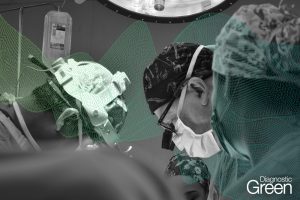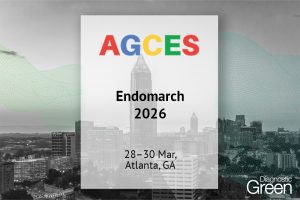Background: The absence of valid vessels for the anastomosis constitutes a contraindication to replantation, but the need for arterial vessels in good condition has recently been questioned and some authors have proposed the arterialization of the veins with promising results. However, this method is not routine in replantation and it is unclear what conditions can establish venous congestion and loss of the replanted segment.
Case Report: We detail a case where indocyanine green aids in evaluating arterialization of a vein during thumb replantation in a 40-year-old smoker following a crush injury. Multiple attempts to anastomose the princeps pollicis and its collateral vessel failed due to a thrombus formation, leaving the finger non-perfused despite urokinase treatment. To confirm the absence of reperfusion, we administered 0.3 mg/kg of indocyanine green through an upper limb peripheral vein. Observing no reperfusion, we located a suitable radial dorsal vein and performed an arteriovenous anastomosis at the proximal phalanx level. Indocyanine Green Angiography (IGA) revealed a slightly delayed reperfusion but a effective venous outflow. We did not consider it necessary to perform additional venous anastomoses other than the single dorsal radial venous anastomosis.
Conclusions: This single case report shows the potential of indocyanine green as a valid aid to evaluate the perfusion of the replantation and also any early venous congestion, being able to modify the operative plan accordingly.




